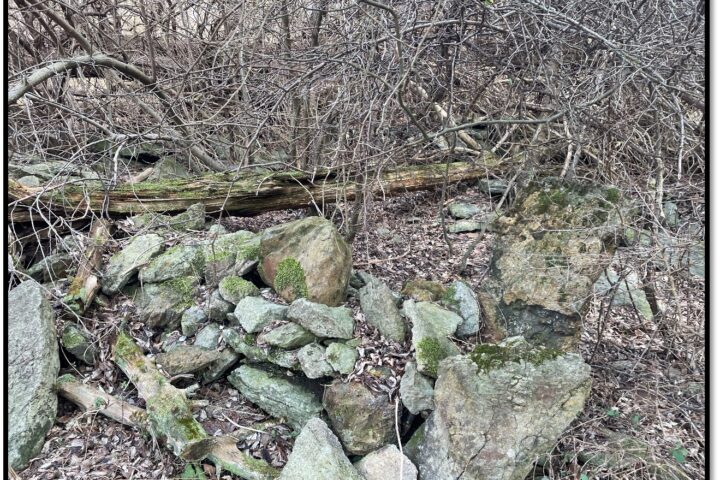
By Ryan Reed
The first time I ever saw one was when my dad and I were descending a steep hill in the Buchanan State Forest in search of a small trout stream we never did find. Accompanied by another doe, it gradually worked its way out of view. It took quite a bit longer to disappear in the emerging, lime-green of the understory, obviously due to its conspicuous white markings.
About 20 years later, I noticed another in a group of deer that I regularly spotted on my biking excursions on a nature trail near Bishop McDevitt High School in Harrisburg. I spotted this one on at least three occasions that year, then never again. I always wondered what became of it. Did an archery hunter take his/her chances on “ten years of bad hunting luck” and harvest it? I’ll never know, but these animals really are a sight to behold.

Peibald deer. (Image by US Fish and Wildlife Service, Wikimedia Commons)
The mottled, white coat of a piebald deer results from a rare genetic combination that affects a very small percentage of white-tailed deer. Along with the abnormal coat, these deer often have a “Roman” (downward curving, like an eagle’s bill) nose, curved spine, and shorter and irregularly oriented legs.
Unlike albino deer (which are completely white and even rarer), piebald deer have regular eye (not pink) and hoof color. Interestingly, piebald deer are also prone to internal organ defects that can result in death. Given how easy they are to spot (especially as fawns) by predators, it is amazing to think that these genes somehow continue to persist in the population’s gene pool.
I’ve spent countless hours hunting white-tailed deer and never have I seen one while I’ve carried a bow or gun. If I did see one, I’d likely be too awestruck to consider even releasing the safety. Nonetheless, they are legal game and harvested every year in the commonwealth. Some states do protect their white or mostly white white-tails though. In Iowa, it is not legal to kill deer that are at least 50 percent white, and in Tennessee; it is illegal to kill albinos. According to a Realtree.com article, until recently, hunting a piebald deer in Oklahoma required written permission from the director of wildlife management.
As legend has it in Europe, if one kills a white deer, that person will likely also die within that following year. Suffice it to say that it’s probably a good thing for us hunters that piebald and albino deer are so rare in Pennsylvania!
Forest Fridays is a feature of the DCNR Bureau of Forestry.




